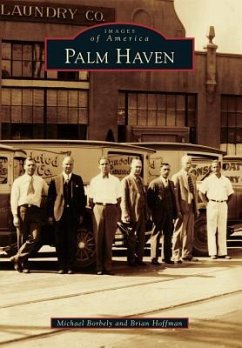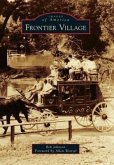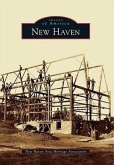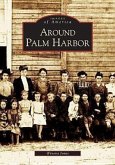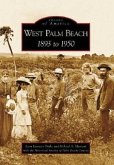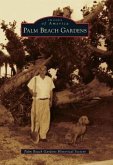In 1917, it was not San Jose, California, but a small residential subdivision at its southern edge called Palm Haven that incorporated itself as an independent city. Patterned after the popular residence parks of the day, it boasted palm tree-lined streets, entrances marked by decorative pillars, its own trolley stop, and a grassy central plaza planted with trees. But it was Palm Haven's independence that attracted a remarkable mix of business and government leaders, entrepreneurs and inventors, and artists and independent thinkers. They advised US presidents, introduced broccoli to the American diet, and left a mark on local, regional, and national history that resonates today.

